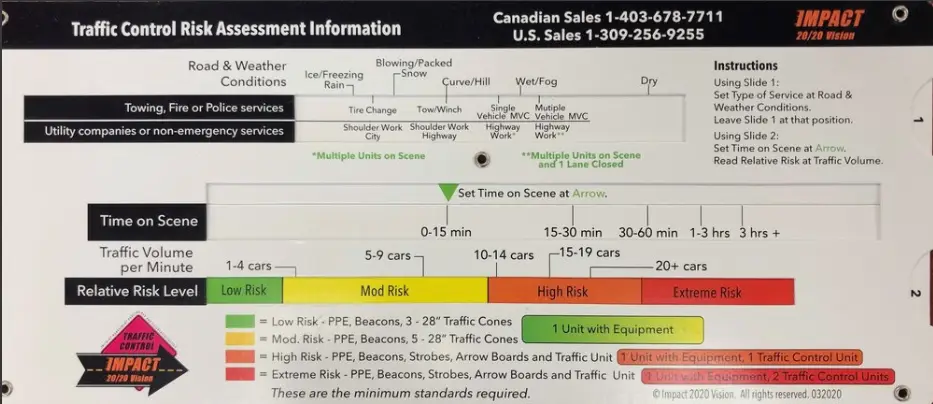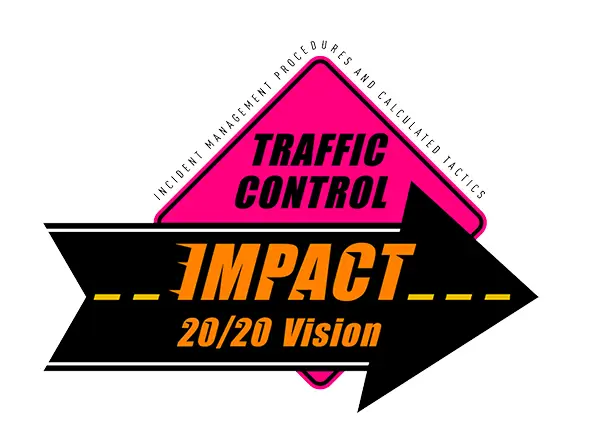Identifying hazards and risks on the roadways plays a vital role in protecting roadside personnel, including tow and recovery operators, truck drivers, and first responders. Appropriate road traffic control techniques that direct and instruct approaching motorists are equally important in reducing accidents.
To make a positive impact on roadway safety, a new independent project called IMPACT 20/20 Vision was introduced. According to founder Bruce Campbell, the project is based on safe traffic control practices and training beliefs shared and promoted by multiple training organizations in North America. The acronym contained in the project’s title stands for Incident Management Procedures and Calculated Tactics.
IMPACT 20/20 Vision tackles an ongoing industry problem regarding inconsistency in traffic management and risk assessment on the roadways by unifying these safety protocols based on given facts rather than an individual’s discretion. To accomplish this, Campbell, an experienced towing and recovery instructor, created a risk assessment guide to assist roadside workers in assessing traffic control hazards and subsequently developing a traffic control plan.
“This product is going to take away the opinions of operators. It only deals with the facts,” said Campbell, who built this project in cooperation with his industry colleague, Kurt Wilson. “The facts will allow you to calculate the risk, which will then allow you to make a conscious decision of what you need.”

The risk assessment guide comes in a slider card format. It requires an operator to assess the current road and weather conditions, determine how much time needs to be spent on the scene, depending on the task, and count the number of vehicles passing by in one minute. Using this information, the operator will align the charts on the slider card in order to calculate the relative risk—whether low, moderate, high, or extreme—of the given situation. Based on the calculation an operator will then follow the “minimum standards” instructions provided on the back side of the card. However, it is still expected that each operator complies with the traffic management regulations of the applicable province or state.
Besides increasing the operator’s safety by helping assess current hazards, this tool can also serve as evidence supporting the company’s billing to insurance companies or auto clubs. As Campbell explained in his promotional video, operators can snapshot the picture of the instruction guide to document it in their call as a proof of provided services. “You will be able to verify that you had needed this type of traffic management or that the risk was high, and that’s why you have invoiced what you have invoiced.”
As Campbell states, he would like this traffic control risk assessment guide to go world-wide. “I’m absolutely ecstatic about this product. I think this is going to develop into a lot broader area than what we can expect.”
The instruction guide sells for CAD$25 a piece in minimum bundles of three. Visit impact2020vision.com.
